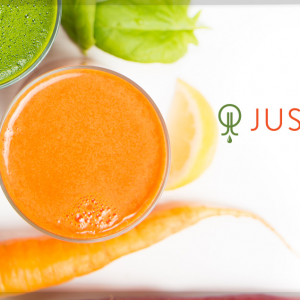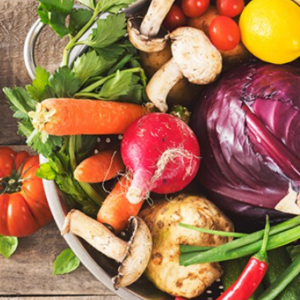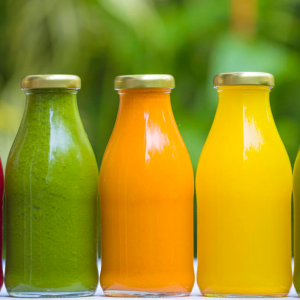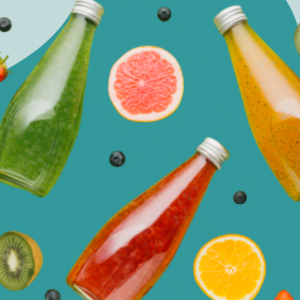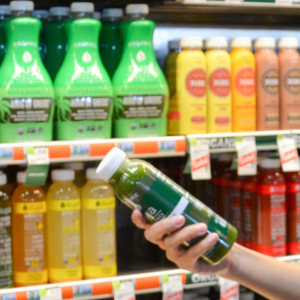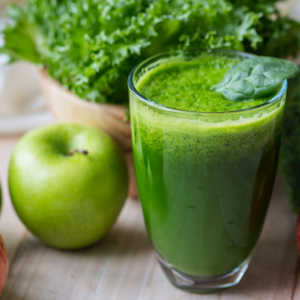Why Total Organic is the Best?
Spread the love. Share this article with your friends.
Why total organic is the best? Because Organic food sales are growing everywhere. However, the question can consumers trust labels, or is it too much defect to have credibility?
The food label is a dozen a penny lately. However, while many do not have a little and think “natural” and “free,” – others, mostly “organic,” must comply with strict government standards. It established the bar under the 1990 organic food production law, making us examine these products and require cultivation to follow approved practices and use substances.
Sales of organic boom food. According to a survey by an organic trade association, 82 percent of American households buy organic regularly, pushing total sales of organic A.S. In 2016 to almost $ 50 billion. Overall, organic contributed five percent of the total sales of food, which can be associated with organic, which runs as a mainstream.
Now shops such as Wal-Mart, Safeway, and Albertsons have expanded their organic choices; the cost becomes more affordable. According to the study of consumer reports, a handful of organic goods is only their non-organic partners. But it still begged exact questions: Can consumers have trust in the label? The answer requires a little excavation.
It involves the birth of organic labels and why more farmers: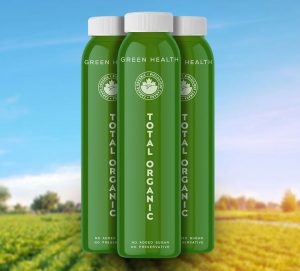
The organic label gets early in 1990 when some farmers unite to fight industrial, agricultural practices such as pesticide-loaded plants and antibiotic livestock. “These farmers want to operate in harmony with their philosophy that ecosystems must be protected, biodiversity benefit farmers, and resource conservation are significant for food security,”
Hard Cameron said, organic and animal policy senior managers for the center. In Washington, DC, food security needs to communicate it, and random certification agents appear to identify farmers operating this way.
But there are variations in the country’s organic definition to the country, so the requirements for farmers in California may differ from those in Georgia. To raise the playing field level, farmers came together to ask the United States Department of Agriculture (USDA) to create national standards, and organic labels were born.
At present, the National Organic Standards Board, a group of 15 diverse individuals (for example, scientists, advocates of public interest), oversee the USDA organic label, which has many manufacturers’ requirements must meet, including those who address the quality of the land, the practice of animal enlargement. Pest control and weeds and limit the use of additives. As a result, the label is a treasure for information for consumers.
Labels Tell about your Food:
“The USDA organic label tells you about your food: it is a guarantee that your food is not irradiated, planted with waste mud, made of genetically engineered seeds, or growing with one of the thousands of poisonous pesticides that are permitted in chemical agriculture,” said Anna Lappé Diet writers for planets and co-founders of funds and small planetary institutes.
“For organic meat and milk, you are guaranteed that livestock is not raised on drugs such as drugs or arsenic-based antibiotics, and because of the third-party certified, labels are also more meaningful than label claims based on self-reporting.”
For fruits and vegetables, the label shows that no poisonous pesticides are used. Farmers can use the approved synthetic pesticides (determined by the NOP), but only after undergoing supervision to affect human health and the environment.
Seeds must also be organically sourced. However, suppose the manufacturer requires seeds that are not commercially available or geographically available, or in a certain amount. In that case, they can source non-GMO non-organic seeds and have not forbidden substances applied to them, said hard.
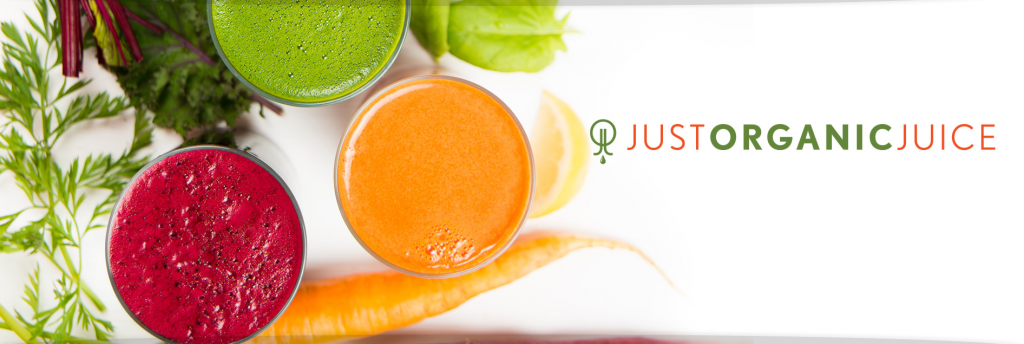
Why the manufacturer will be organic?
So what draws a farmer? For starters, higher profits. Only certified farmers through NOP can use the official seal organic USDA on their products, which often retail for more than their conventional colleagues. Although the results are lower in organic than traditional agriculture, organically 22 to 35 percent more profitable, and consumers are willing to pay a premium of around 30 percent for organic food, per PNAS study.
Several farmers, who have farmed this way in their lifetime, are also committed to sustainable agricultural practices in which organics have risked their reputation. “Organic techniques reduce the use of pesticides, and because it does not use harmful synthetic fertilizers, there is less nitrogen in the environment,” Adamchak said.
Nitrates of conventional agriculture pollute surface waters and cause rapid growth of algae, which kill fish and other water organisms and cause a massive dead zone in the world’s sea. Nitrate also pollutes groundwater, and when consumed by people, their health can suffer, he added.
Read more at Total Organic

